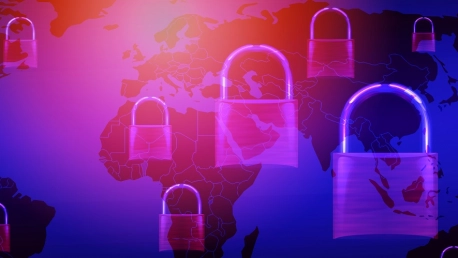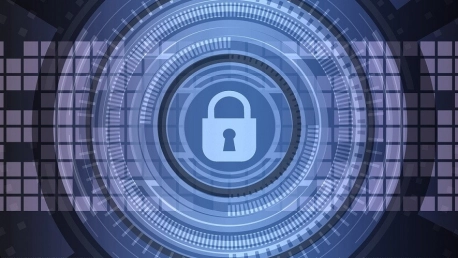
The paradigm shift to the Internet of Things (IoT) and the emergence of edge computing have brought in huge potential for various IoT application scenes. While IoT is creating entirely new businesses and revenue streams, it has also created new opportunities for vital information to be compromised.

According to some estimates , cybercrime is a $6 trillion annual industry, which would qualify it as the world’s third-largest economy after the U.S. and China. There is a great deal of money to be made, and cybercriminals are constantly adopting new business models to stay afloat in this

According to Forbes, ransomware has cost organizations $102.3 million per month in 2021 and is expected to have cost the US economy $265 billion by 2031. These staggering figures show that ransomware attacks are extremely detrimental to businesses and organizations across the country—and the world.

Almost all instant messaging services on the market today make a big deal about their security and privacy policies. A recently leaked document has revealed just how much data the FBI can legally obtain from these services. The infographic shows details about iMessage, Line, Signal, Telegram,

Over the last couple of years, there has been a significant increase in the number of ransomware attacks impacting organizations of all industries and sizes. To define ransomware, it is a type of malware that ‘employs encryption to hold a victim’s information at ransom.’ This means that individuals

The recent increase in ransomware attacks has highlighted vulnerabilities in critical infrastructure and the ease of affecting component systems. As the paradigm shifts, important preemptive measures must be taken. A New Generation of Critical Infrastructure A decade ago, critical infrastructure